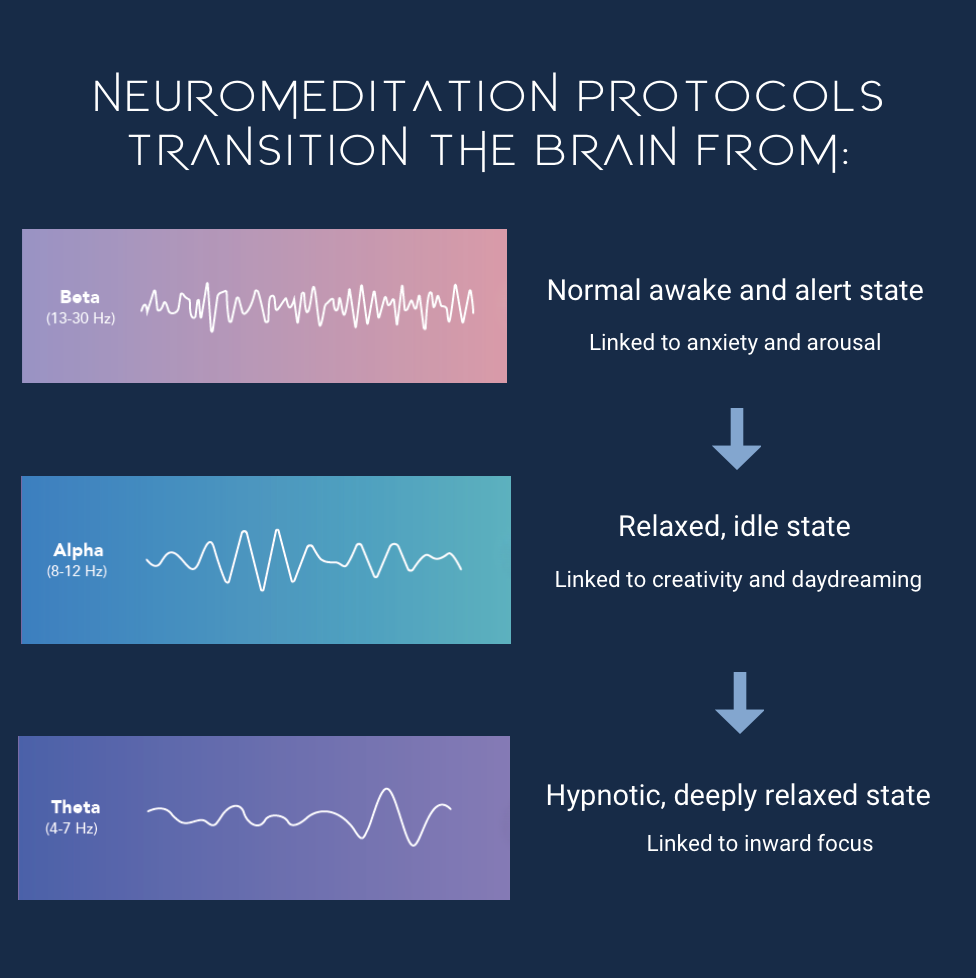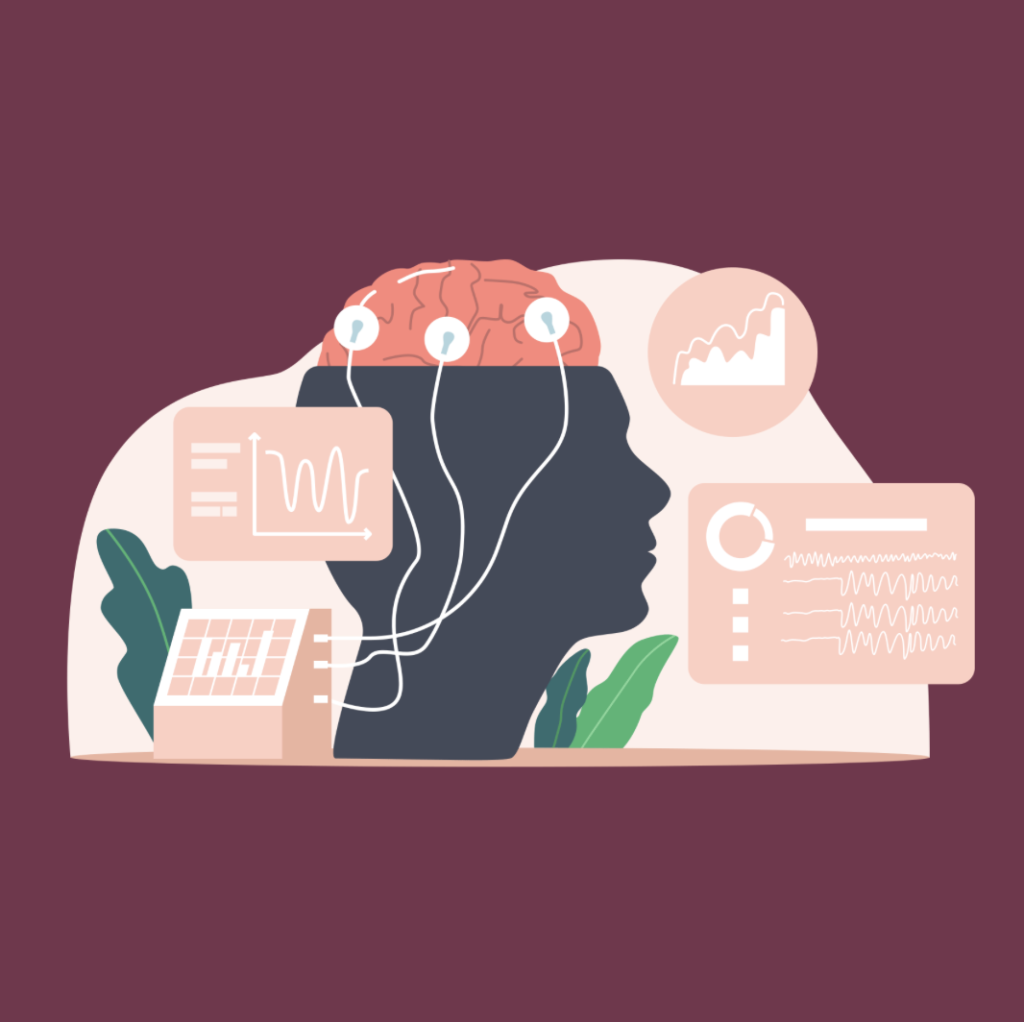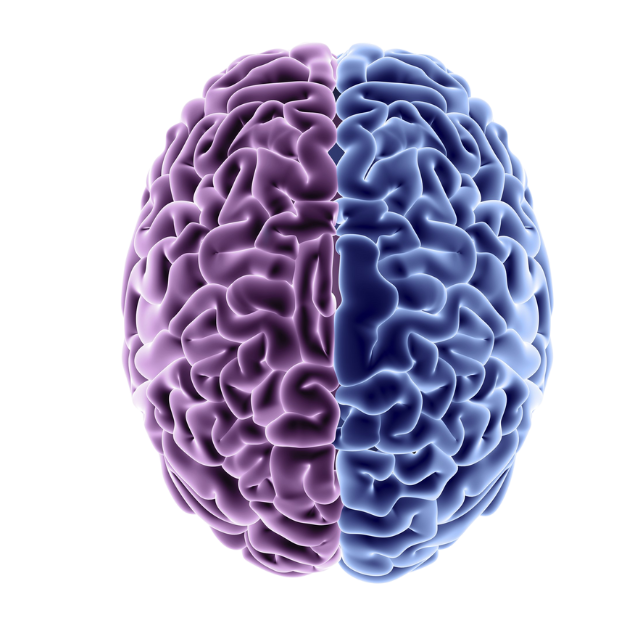Neuromeditation emerges from the intersection of neuroscience and spirituality. It applies brain-based principles to the ancient practice of meditation, using electrical potentials to help the brain drop into meditative states more efficiently and effectively.
Electrodes are placed, non-invasively, on the scalp. The brain is trained, through operant conditioning, to embody desired brain wave states that correlate to optimal functioning and higher well-being. Auditory feedback allows the meditator to know when the desired brain wave state has been achieving, giving a substantial benefit compared to traditional meditation practice.
Of course, the use of electronic signaling is not necessary to induce a deep meditative state, but it does offer the advantage of teaching you what it feels like to switch into this state, offering implications for self-regulation of anxious thought patterns.
How Does Neuromeditation Work?
In our normal state, awake and alert, the brain exhibits states in beta frequency. These states are also correlated to anxiety, arousal and overthinking.
Neuromeditation protocols train the brain to slow down and first enter alpha frequency. This is a relaxed and idle state, linked to creativity and daydreaming. The absence of visual information leads to a decrease in vigilance, promoting relaxation.
Once we enter a deep meditative state, theta oscillations take over, correlating to a hypnotic trance, linked to inward focus.

Types of Neuromeditation
Not all meditation is created equal. Certain types can produce measurably different benefits and impact different areas of the psyche. It’s important to note the different types of neuromeditation and correlate them to your specific goals.
Focus
The goal is to improve concentration, increase accurate self-awareness and foster mental stability. This practice involves sustaining attention on a single object, such as the breath or a mantra. When the mind becomes distracted, you shift your attention back to the target. Auditory cues aid the brain in re-focusing, activating the frontal lobes to improve attention, memory and other cognitive functions.
This intervention caters to those experiencing attention deficit hyperactivity disorder, cognitive decline, mild traumatic brain injury and active depression.
Mindfulness
The goal is to create distance from thought patterns, learn to let go and reduce judgment. This practice involves learning to pay attention to what you’re currently experiencing, in a non-judgmental way. It tends to quiet down the frontal lobe brain regions associated with stress and anxiety, as well as those associated with our sense of self and identity.
This intervention caters to those experiencing anxiety and chronic stress.
Open Heart
The goal is to improve mood, increase accurate empathy and increase gratitude and appreciation. This practice involves inducing feelings of positivity (love, kindness, gratitude, forgiveness) and then directing those feeling towards the self or others. It activates attention networks in the brain associated with empathy and emotional processing.
This intervention caters to those with on-going depression, relationship issues, unresolved grief and chronic resentment.
Quiet Mind
The goal is to minimize negative self-talk, experience non-striving, create perspective from the ego-mind and achieve restful alertness. This practice serves to quiet inner chatter and achieve a sense of spaciousness. It shows a deactivation in the Default Mode Network and language centers. In doing so, we gain greater access to the subconscious mind and can more easily deconstruct certain thought or behavior patterns.
This intervention caters to those experiencing chronic pain, obsessive compulsive disorder, substance use, eating disorders or those with inaccurate or distorted perceptions of self.




